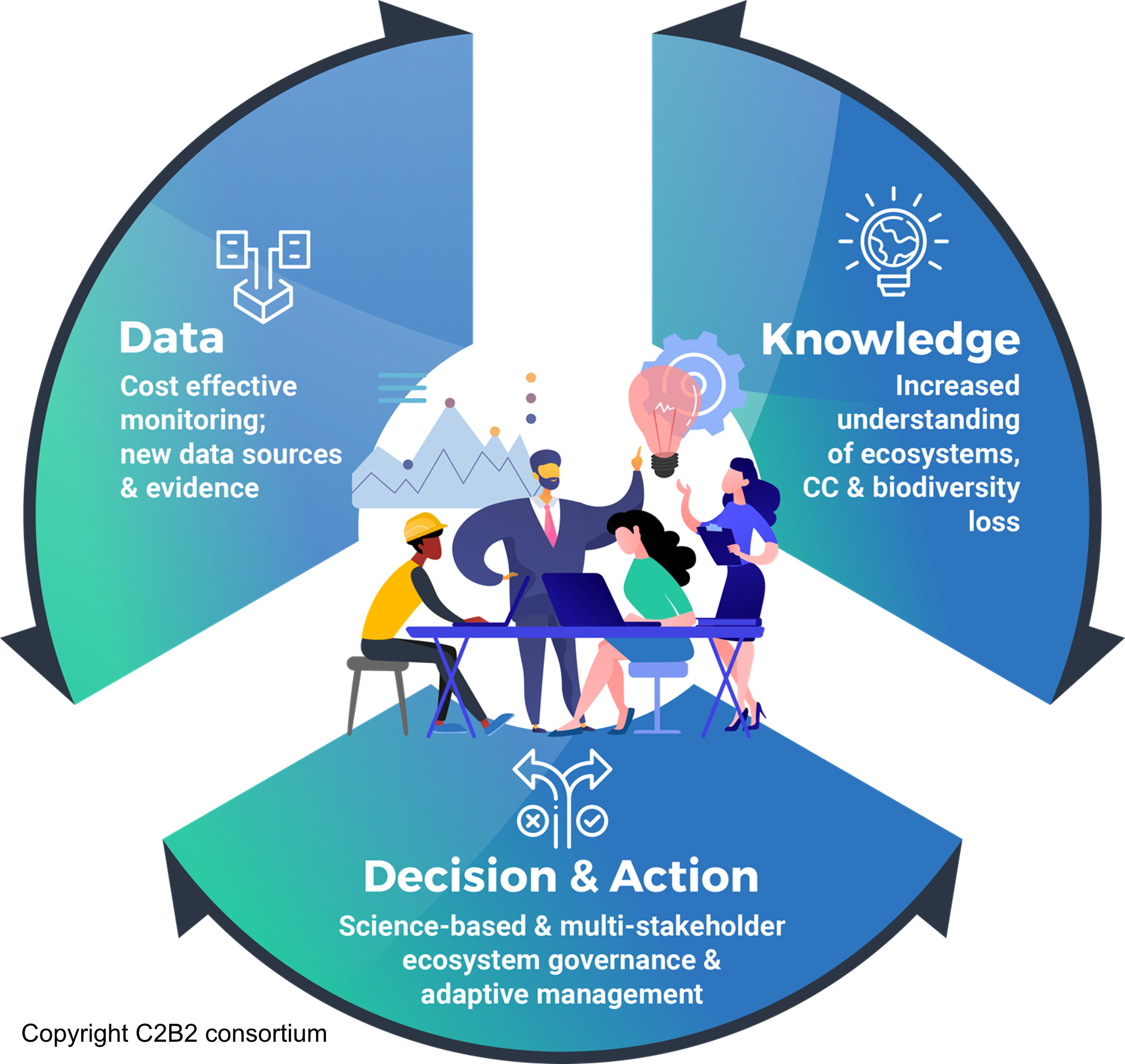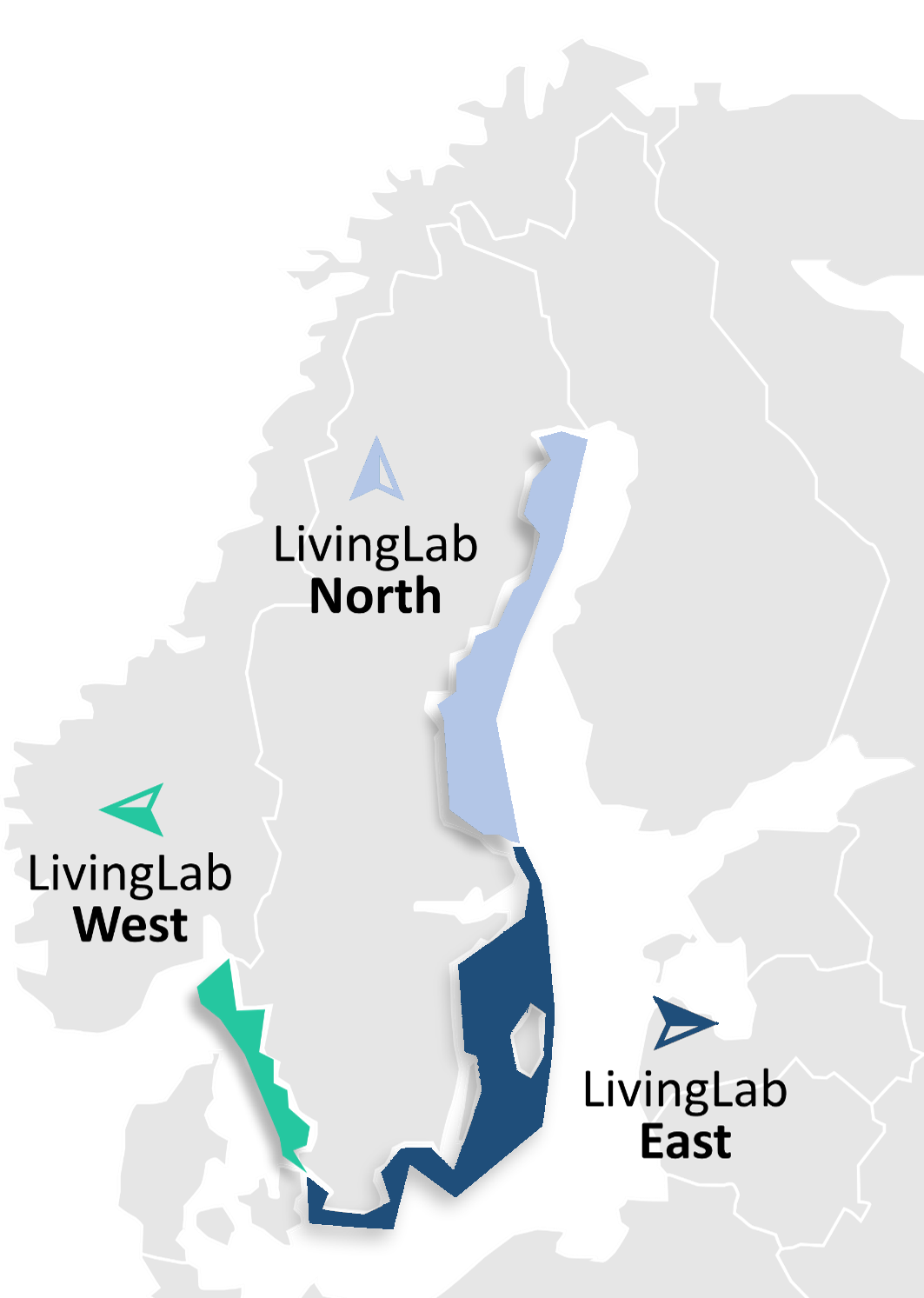Wehn, Linders and Barquet explain how the MISTRA C2B2 programme is working to bring about transformative change in participatory ocean governance in Sweden
The ocean – the new frontier of human activity – is being redefined by new discoveries, technologies, national strategies, and ecological imperatives. Yet, it is undeniable that the status of most seas is in decay – and if the goal would be to restore or improve their status, then most human activities should be banned.
Instead, we witness that, in recent years, the blue economy is promoted as an answer to energy and food insecurity, as well as to an increased demand for shipping of goods, and transport of people and services. So, humanity depends on marine livelihoods, but the blue economy is also rapidly increasing pressure on the long-term sustainability of marine ecosystems.
From a blue growth-based approach towards a sustainable blue economy
There is an urgent need to radically change the way we think and use the ocean, away from a blue growth-based approach and towards a sustainable blue economy. Marine industries are changing at high speed while technology is evolving fast.
Ocean governance is, however, lagging behind due to little physical presence in the ocean; sparse, patchy and expensive data collection; and conflicting goals among stakeholders over the use of the marine space.
Interests clash from opposing goals; on the one hand, to protect our ocean and achieve the climate goals, and on the other hand, to expand the blue economy to tackle socioeconomic challenges such as transport, food, and energy security.
Additionally, openness and inclusiveness in ocean governance also lag fiberamatically behind due to low levels of ocean literacy, poor awareness of ocean-related challenges, and data coverage several orders of magnitudes worse than on land and in the coastal zone.

Transformative change in ocean governance in Sweden
Moving away from blue growth and towards a sustainable blue economy requires a transformation in the way we think about the marine space and the activities increasingly deployed in our seas. As a larger part of society has an ever-increasing stake in the ocean, it is imperative that we develop new forms of stakeholder collaboration combined with science-based ecosystem governance practices.
This is particularly urgent in Sweden where our relationship with and dependency on the ocean have changed dramatically during living memory, from being one of Europe’s major shipbuilding and fishing countries, to using the ocean mainly as a route for export/import, and the coast for leisure.
Now, we need to re-engage with our extensive and very diverse offshore areas in new ways, via marine renewable energy production, by implementing knowledge-based marine spatial planning, and by sustainably managing the ecosystem services of our ocean.
Sweden needs a sound yet flexible approach to deal with the biogeographical, and social-economic diversity related to the governance of a sustainable blue economy from the northernmost part of Gulf of Bothnia all the way to Skagerrak.

Co-creating Better Blue
The Mistra C2B2 programme – Co-creating Better Blue – focuses on addressing what we deem as the real challenge of the coming decade: governing multiple demands in increasingly claimed and fragile marine ecosystems.
C2B2 envisions a more sustainable, open and democratic, multi-sector and multi-actor blue economy and sustainable society. We aim to trigger transformative change in ocean governance in Sweden away from a single-use/single-actor paradigm, and towards multifunctional use through co-creation founded on data for ecosystem resilience.
Giving nature a voice
Key to this transformation is reimagining the role of quintuple helix actors (academia, industry, government, civil society, and the natural environment) across the blue economy in processes ‘from data to knowledge to decisions and action’ (see Figure 1), increasing opportunities for participation, deliberation and influence, building open infrastructure, and strengthening capacity to support the inclusion of data and knowledge in multilevel governance. In this transformation, data is elevated as the means to ‘give nature a voice’.
Aims and pathways
Mistra C2B2 is creating the conditions for a robust, inclusive, and just transition towards participatory ocean governance by pursuing three interrelated aims:
- To provide the basis for a continuously evolving knowledge system for science-based ecosystem governance in Sweden by advancing and interlinking three pillars: ecosystems and climate science; open, data-driven innovation and emerging technology; and governance theory and practice;
- To demonstrate in practice in three LivingLabs related to Sweden’s marine basins, how the transition towards science-based ecosystem governance of a sustainable blue economy can be achieved by initiating, developing and embedding co-creation processes as routines for participatory governance, ensuring adaptive management practices beyond the C2B2 programme lifetime (see Figure 2); and
- To reshape our relationship with the ocean by instilling new ways of working together and practicing science-based ecosystem governance, so that more actors and individuals can realise that they (could) have a direct stake in the offshore space.
Distinct pathways will ensure successful achievement of our ambitions, including:
- Data: Change how data about the ocean is produced, perceived, and accepted, accessed, combined, and used in science, policy and society;
- People: Enhance who is engaged in ocean governance and how they participate and embed these new participation practices; and
- Systems: Strengthen the interactions of stakeholders locally and across multi-level governance; and strengthen existing approaches such as marine spatial planning to be more integrative and sector sensitive.
The Mistra C2B2 approach provides the basis for paving the way for transitions towards governing multiple demands in increasingly claimed and fragile marine ecosystems. The extensive demonstration and validation of the Mistra C2B2 approach, with 12 partners from academia and research organisations, and initially 25 co-funding associated partners from industry and public sector, as well as stakeholders from civil society, means it can also be replicated elsewhere in Sweden and internationally.

This work is licensed under Creative Commons Attribution-NonCommercial-NoDerivatives 4.0 International.

